
If you’re an Architect, I salute you! The way you translate complex ideas into amazing structures is really inspiring. That inspired me to help architects find the best laptop for architecture, which is not an easy task.
You need a machine that can handle demanding software, render intricate 3D models with ease, and keep up with your creative vision. That’s why I’ve shortlisted the 6 best laptops specifically designed for architects to turn those blueprints into breathtaking structures!
Best Laptop for Architecture
| Image | Product | Features | Price |
|
1
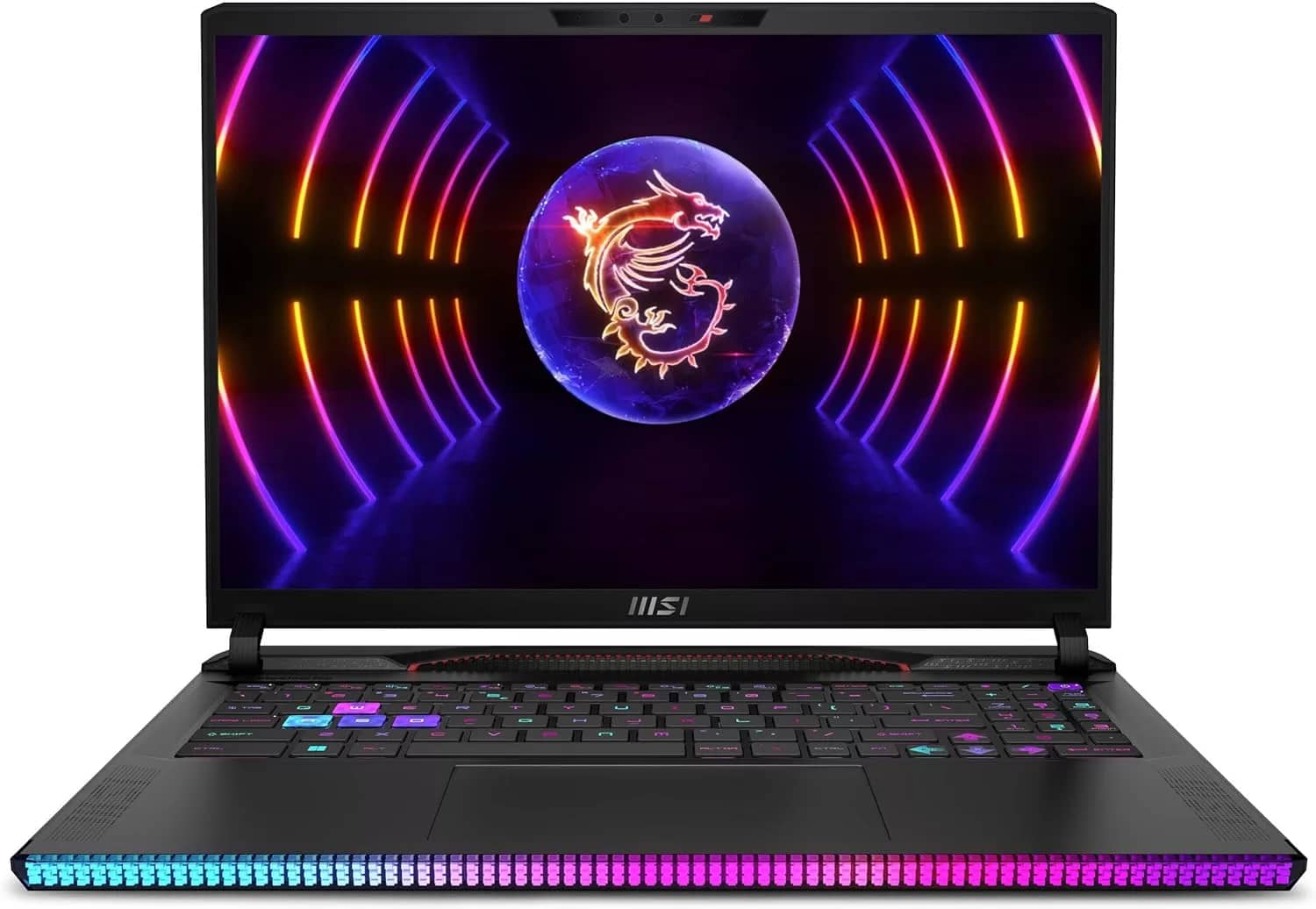
|
MSI Raider GE68HX Gaming Laptop |
||
|
2
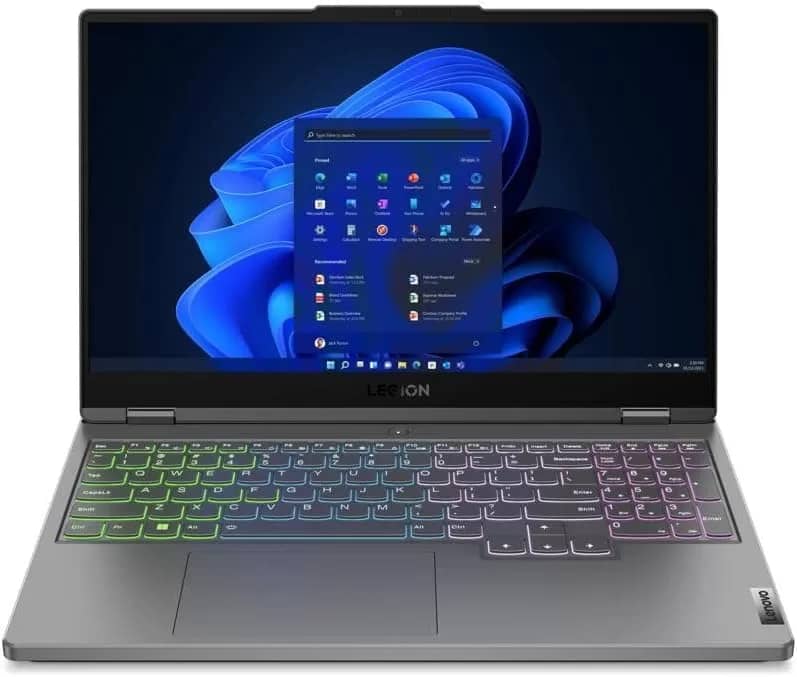
|
Lenovo Legion 5 15ARH7H Gaming Laptop |
||
|
My Pick
3
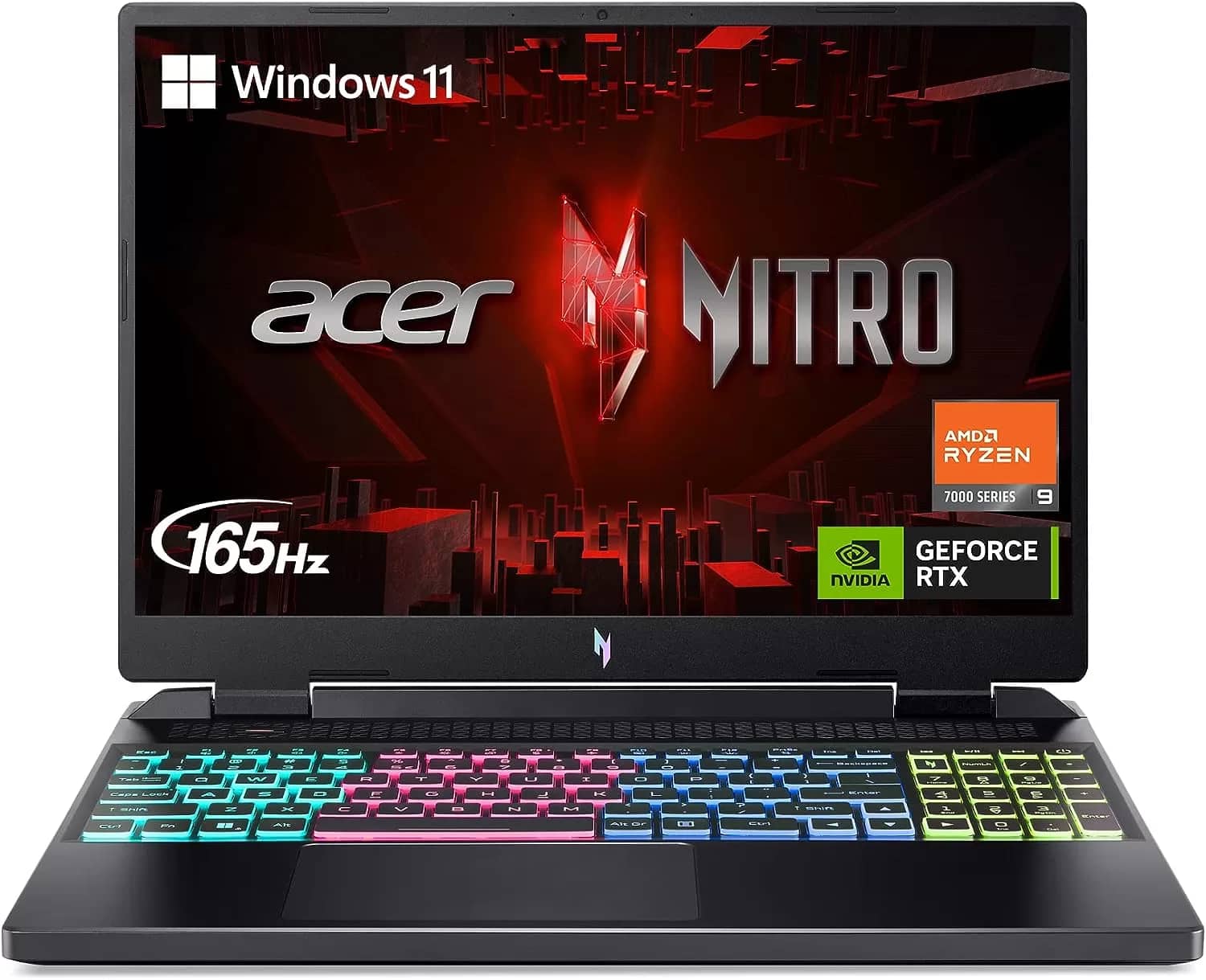
|
Acer Nitro 16 Gaming Laptop |
||
|
4
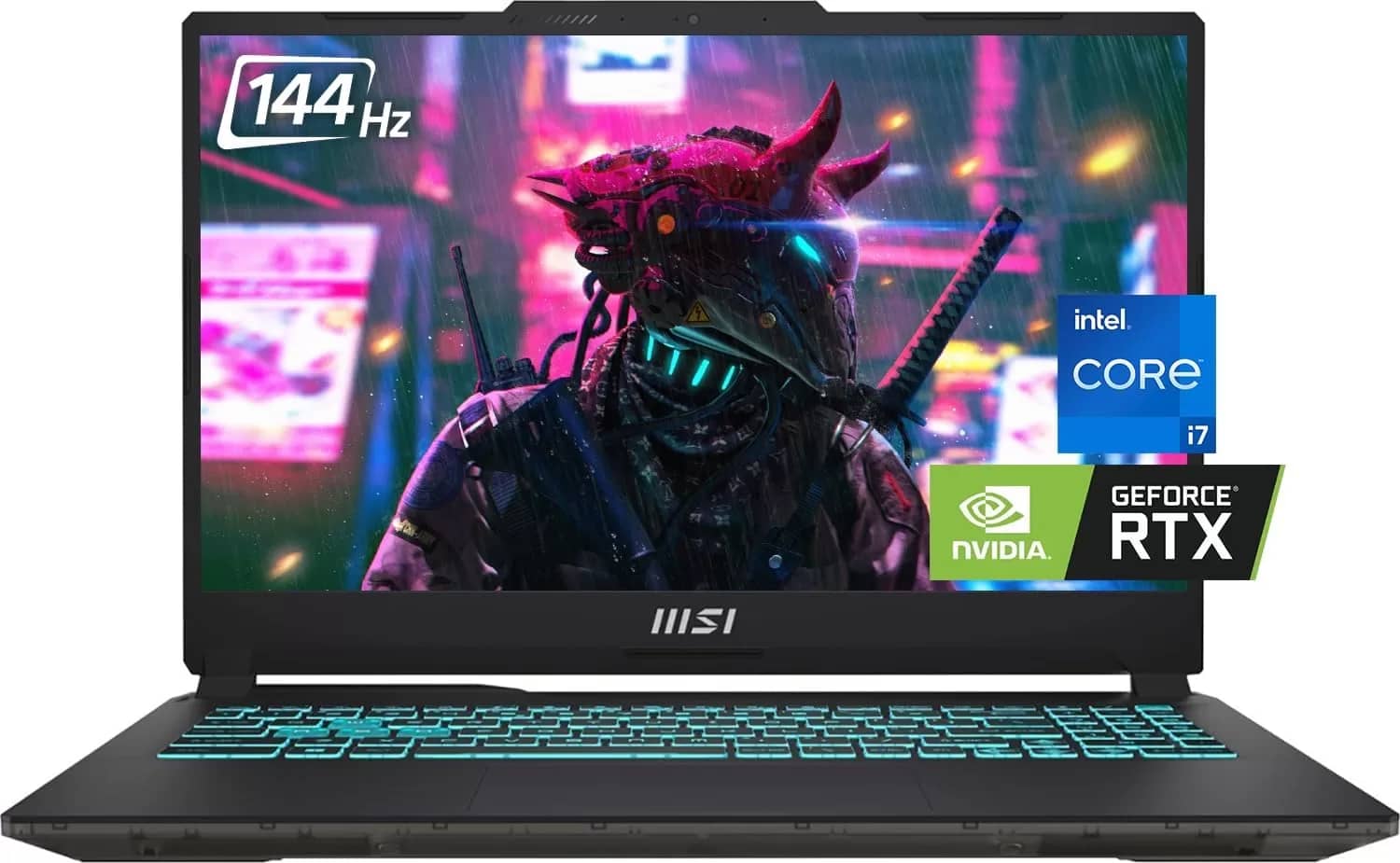
|
MSI Cyborg 15 Gaming Laptop |
||
|
5
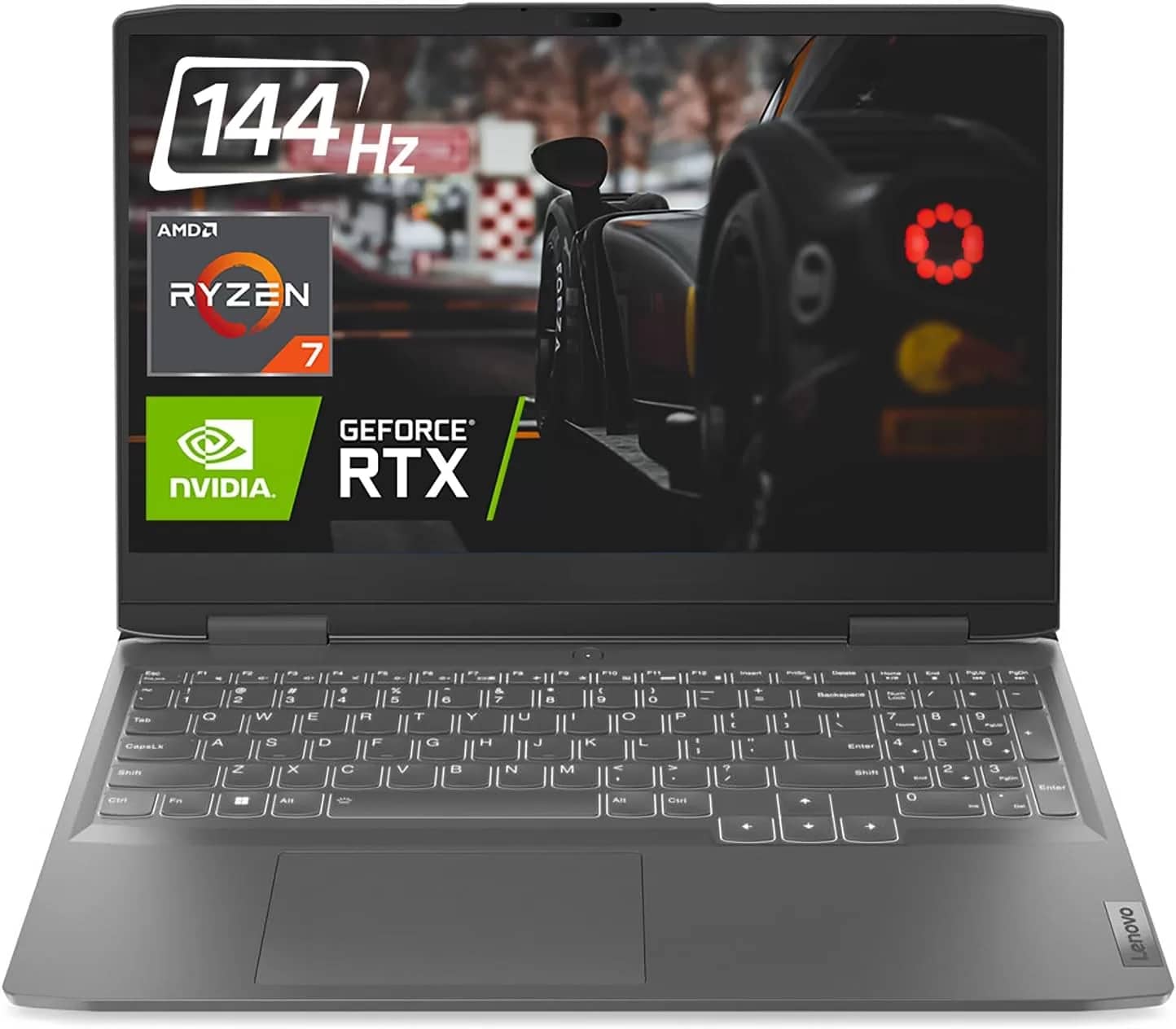
|
Lenovo LOQ Gaming Laptop |
||
|
6
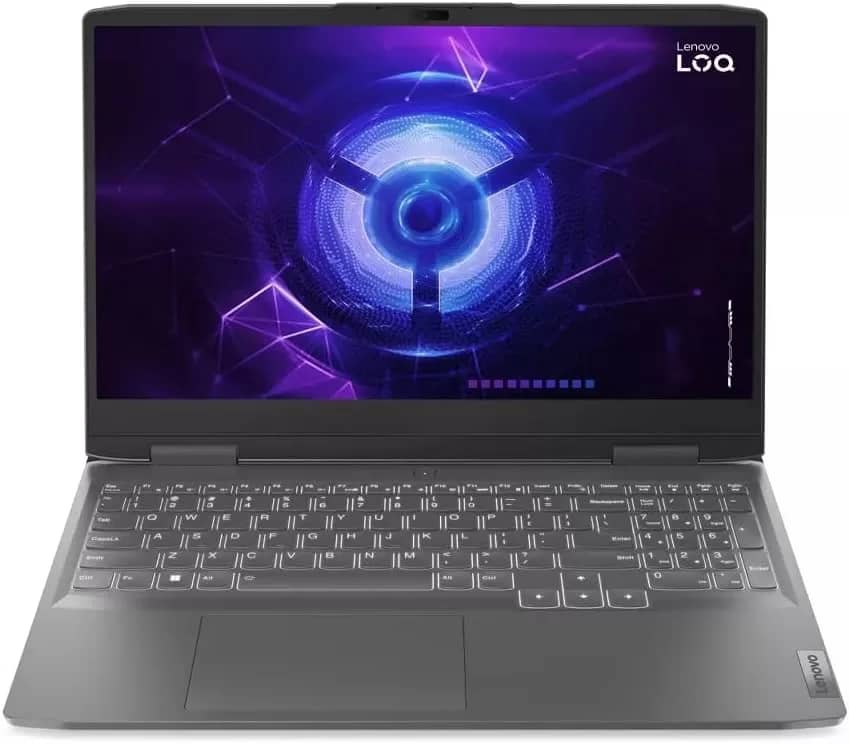
|
Lenovo LOQ Laptop |
MSI Raider GE68HX Gaming Laptop
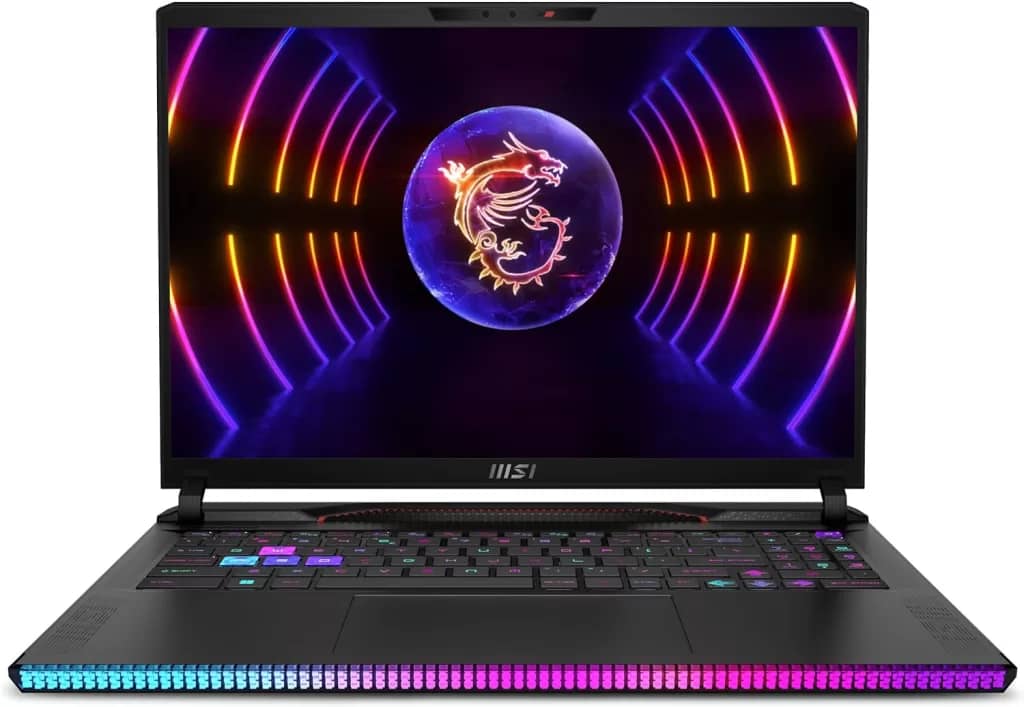
The MSI Raider GE68HX is a high-performance laptop that is very helpful for architecture. Built with 13th Gen Intel Core i9-13950HX, it is a top-of-the-line processor with excellent multi-core performance.
This is crucial for running demanding architectural software smoothly, especially when handling complex 3D models and rendering large files. The NVIDIA GeForce RTX 4060 offers good performance for architectural workloads.
Further, 32GB of DDR5 RAM ensures smooth multitasking and handling of large datasets. The 2TB NVMe SSD provides enough storage space for your software, project files, and large library assets. This combination ensures quick loading times and seamless workflow.
Verdict
The 16″ 240Hz QHD+ display offers excellent clarity and detail, perfect for viewing intricate architectural designs and plans. A good part about the MSI Raider GE68HX is its Thunderbolt 4, which allows for connecting high-resolution external displays and other high-speed peripherals.
MSI Raider GE68HX’s features are potentially useful for architects who want a multi-monitor setup for increased workspace. Well, one of the most appreciated features is its Cooler Boost 5 technology.
Use multiple monitors for better productivity? These best laptops for multiple monitors are a perfect fit for you.
Lenovo Legion 5 15ARH7H Gaming Laptop

The Lenovo Legion 5 15ARH7H is a solid option for architects who need to balance performance, price, and display quality. It is built with The AMD Ryzen 7 6800H, a strong processor that can handle demanding architectural software.
The NVIDIA GeForce RTX 3060 offers a good balance between power and price. It can handle most 3D modeling and rendering tasks architects encounter. 16GB of RAM allows for smooth multitasking and working with large files. The 512GB SSD provides enough space for essential software and project files.
Here comes my favorite parts; first, the latest Wi-Fi 6E standard allows for faster and more stable wireless connections, which is beneficial for downloading large files or collaborating on projects online. Second, the backlit keyboard seems so cool when designing stuff.
Verdict
Lenovo Legion 5 15ARH7H comes with good storage. Upgrading to a larger SSD might be necessary for architects with extensive libraries of assets. The 15.6″ WQHD (2560×1440) display offers good clarity and detail and is suitable for viewing intricate architectural plans and models.
Looking for a more advanced security features laptop? I got the best cybersecurity laptops for you.
Acer Nitro 16 Gaming Laptop
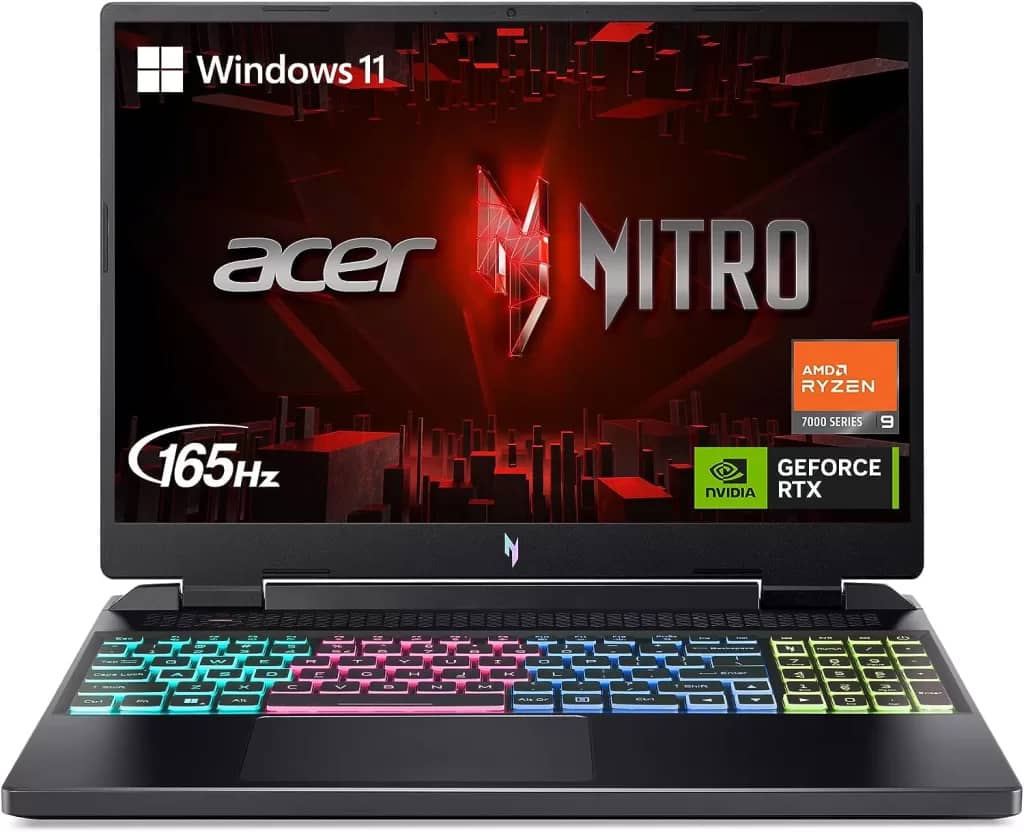
The Acer Nitro 16 is a powerful option for architects who require top-of-the-line performance for demanding workflows and rendering projects. Know why? Because the AMD Ryzen 9 7940HS is a powerhouse processor that excels in multi-core performance.
The NVIDIA GeForce RTX 4070 is a high-end graphics card ideal for architects with intensive rendering tasks. 16GB of DDR5 RAM ensures seamless multitasking and handling of large architectural files. The 1TB Gen 4 SSD is pretty much enough for software, project files, and extensive libraries of 3D assets.
The 16″ WQXGA (2560×1440) IPS display with a 165Hz refresh rate provides excellent clarity, detail, and smooth visuals. This is ideal for viewing intricate architectural designs and navigating 3D models with minimal motion blur.
Verdict
Acer Nitro 16 is my top pick for the Best laptop for architecture. Its features, structure, and everything else are just right for architectural work. Wi-Fi 6E allows for fast and stable wireless connections, which is worthwhile for downloading large files or collaborating on projects online.
Software like Fusion 360 requires exactly this type of laptop. Well, if interested, you can look at the 6 Best Laptop For Fusion 360 and rock this software. Or you can also check out best laptops for solidworks.
MSI Cyborg 15 Gaming Laptop
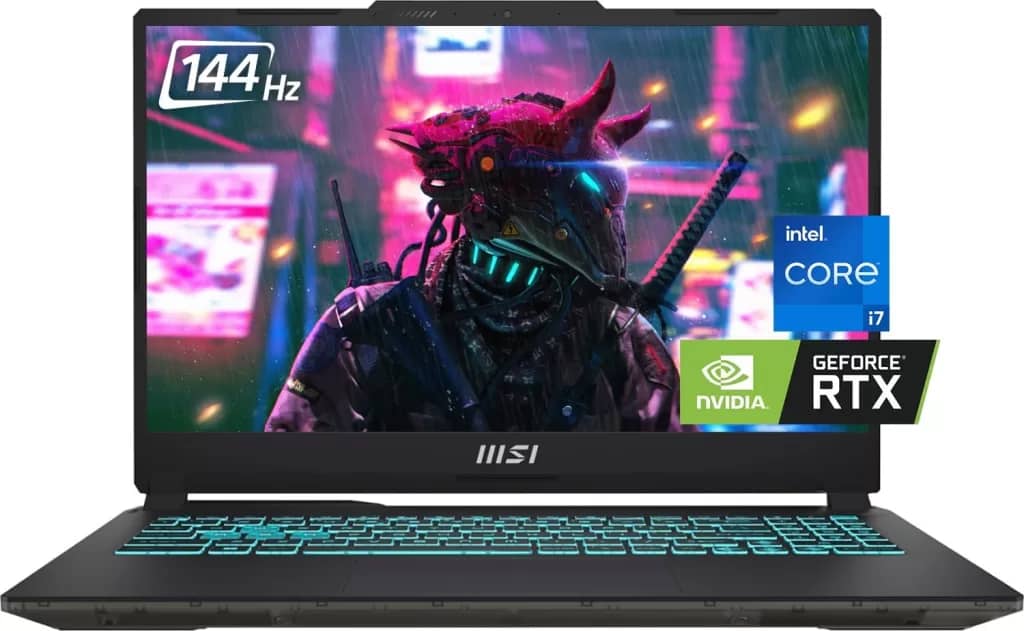
The MSI Cyborg 15 offers a powerful combination of processing power, decent graphics, and a high amount of RAM, making it a capable machine for architects. The 12th Gen Intel Core i7-12650H is a strong processor with plenty of cores for handling demanding architectural software like a breeze.
The NVIDIA GeForce RTX 4060 offers good performance for most architectural workloads. With a whopping 64GB of DDR5 RAM, the Cyborg 15 boasts exceptional multitasking capabilities.
This allows you to run multiple demanding programs simultaneously without lag, which is ideal for architects who juggle various software and large files. Although it’s enough, but MSI tops up the storage with the 1TB NVMe SSD for your software, project files, and asset libraries.
Verdict
MSI Cyborg 15 is a wonderful pick for architecture. The 15.6″ FHD (1920×1080) IPS display with a 144Hz refresh rate offers good clarity and smooth visuals. A backlit keyboard is a plus for architects working in low-light conditions or during late-night brainstorming sessions.
HDMI and USB-C ports provide versatility for connecting external displays and other peripherals. So MSI has also got your peripherals covered.
Work in the healthcare sector? You cannot afford to miss these best laptops for teletherapy.
Lenovo LOQ Gaming Laptop
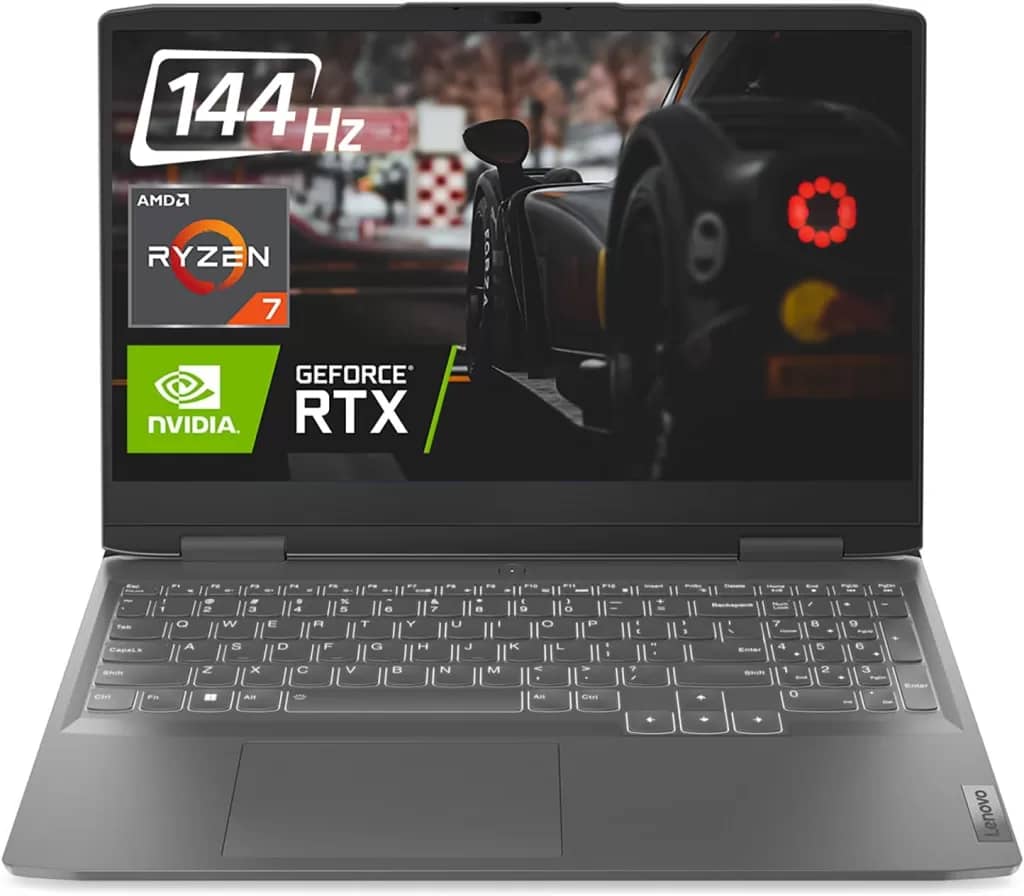
The Lenovo LOQ Gaming Laptop offers a compelling mix of affordability and performance that could be very attractive for architects. The AMD Ryzen 7 7840HS is a strong processor that rivals even the Intel Core i7-12700H. The NVIDIA GeForce RTX 4050 offers good value for the price, I mean, affordable yet powerful.
Lenovo LOQ offers Anti-Glare Coating, which helps reduce glare and reflections on the screen, making it easier to view your designs and models in various lighting conditions 64GB of DDR5 RAM allows for excellent multitasking and handling of large architectural files.
Need more? The 2TB SSD provides ample storage space for software, project files, and extensive libraries of 3D assets. A backlit keyboard is among my favorite features. Lastly, Wi-Fi 6 Allows for fast and stable wireless connections, beneficial for downloading large files or collaborating on projects online.
Verdict
The Lenovo LOQ Gaming Laptop offers a powerful processor, worthy graphics, and pretty good RAM at a potentially attractive price point compared to other laptops we explored earlier. This makes it a strong contender for architects, especially those on a budget.
Gaming laptop and that too in a budget? On it. I got best laptops for you under $2000.
Lenovo LOQ Gaming

The Lenovo LOQ Gaming (2023) can be a capable option for architects, especially for everyday tasks, basic modeling, and those on a tighter budget. Ops! The 13th Gen Intel Core i5-13420H is a mid-range processor that adequately handles most architectural software.
The NVIDIA GeForce RTX 3050 is an entry-level RTX card. While it can handle some 3D modeling and light rendering, more demanding rendering projects might require a higher-end RTX card. As for storage, 32GB of RAM allows for good multitasking and handling large, complex architectural files.
The addition of the 2TB SSD provides enough storage space for software, project files, documents, and asset libraries. Talking about designing, I have covered a list of 5 Best Laptops For 3D Printing In 2024.
But the good thing is that with a 144Hz 15.6″ FHD display, you can now enjoy lightning-fast keystrokes. The sturdy chassis prioritizes functionality and simplicity, with two 85mm 12V high-speed fans and bigger vents to provide silent and effective cooling.
Verdict
Lenovo LOQ is a reasonably priced, future-proof machine that is both affordable and powerful. Compared to the previously discussed Lenovo LOQ with an AMD Ryzen 7 processor and RTX 4050 graphics, this version offers less raw processing power and graphical capabilities.
Buying Guide: Best Laptop For Architecture
I hope you’ve chosen the right one for by now. No? Let me help you choose the Best laptop for architecture. It requires careful consideration of various factors to ensure it meets the demanding requirements of design software, rendering tasks, and multitasking capabilities. Here’s more:
Performance
The first ever thing is a laptop with a powerful multi-core processor, such as Intel Core i7 or i9, or AMD Ryzen 7 or Ryzen 9 series. Then, prioritize a dedicated graphics card. It’s better to look for GPUs like NVIDIA GeForce RTX or Quadro series for optimal 3D modeling, rendering, and visualization performance.
RAM greatly affects performance. So choose a laptop with ample RAM, at least 16GB or higher, and an SSD for overall system performance. Consider a laptop with at least 512GB SSD or higher capacity for storing design files, software, and project data.
Bonus Feature: Choose a laptop with an efficient cooling system to prevent overheating during intensive tasks like rendering or prolonged multitasking. Cooling is also important for maintaining optimal performance.
Display
As an architect, I understand you need bigger screens for better views. A screen size of 15 inches or larger provides more workspace and better visibility when working on detailed architectural designs. As for Resolution, look for laptops with high-resolution displays.
I recommend going for at least Full HD or higher for crisp and clear visuals. Higher resolutions, like 4K, are ideal for detailed design work and viewing architectural renderings.
For accurate color representation in architectural designs, choose a laptop with a display that is highly accurate and covers a wide color gamut, including sRGB or AdobeRGB.
Connectivity and Ports
If you are a Pro, this feature is a must-have for connecting the essential peripherals. Look for a laptop with various USB ports (USB-A, USB-C) for connecting external devices, peripherals, and accessories like drawing tablets, external hard drives, and printers.
Ensure the laptop has video output ports like HDMI or DisplayPort to connect external monitors or projectors for presentations and dual-screen setups. Also, consider laptops with Thunderbolt 3 ports for high-speed data transfer, external GPU support, and connecting to Thunderbolt-compatible peripherals.
Compatibility and Software
Having an expensive laptop won’t do the job unless it’s compatible with your required software and peripherals. Make sure that the laptop is compatible with the architecture software you use, whether it’s Windows, macOS, or Linux.
Check software compatibility and system requirements before making a purchase. Also, look for good driver support for the graphics card and other hardware components to ensure compatibility with design software and optimal performance.
Getting a laptop and not a vertical laptop stand? That does not seem right. Check them out before it’s too late.
Popular FAQs: Best Laptop For Architecture
Do I need a gaming laptop for architecture?
Not necessarily. But, the reason I went for a gaming laptop is because many powerful gaming laptops can be excellent for architects because they have the right specs. Although some gaming features might be unnecessary, most features are very useful.
What are ISV certifications, and why are they important for architects?
ISV certifications from software vendors like Autodesk ensure compatibility and potentially optimized performance for your architectural software.
Are there any specific software considerations when choosing a laptop for architecture work?
Yes, consider the compatibility of the laptop with popular architectural software such as AutoCAD, Revit, SketchUp, Rhino, and Adobe Creative Suite or any software you prefer. Ensure the laptop meets the recommended system requirements for seamless software performance.
What are the minimum system requirements for a laptop suitable for architecture work?
Minimum system requirements typically include a powerful multi-core processor like Intel Core i7 or AMD Ryzen 7, a dedicated graphics card like NVIDIA GeForce RTX or Quadro series, at least 16GB of RAM, and SSD storage for faster performance.
Remember that: The minimum requirements also depend on your tasks, professional level, and the complexity of your work.
A good performance laptop with great wifi, a perfect combination for everything. Check out some of the best wifi cards for laptops.
Conclusion: Best Laptop For Architecture
Now, I am pretty sure you have the knowledge to make the best decision. It’s not rocket science; it’s just that finding the best laptop for architecture involves careful consideration of various factors like design software, rendering tasks, and multitasking capabilities.
Architects must prioritize performance, display quality, portability, and software compatibility when choosing a laptop that aligns with their workflow and preferences.
Whether running complex 3D modeling software, sketching designs with a stylus, or presenting projects to clients, the right laptop can significantly impact efficiency, creativity, and overall satisfaction with architectural work.







